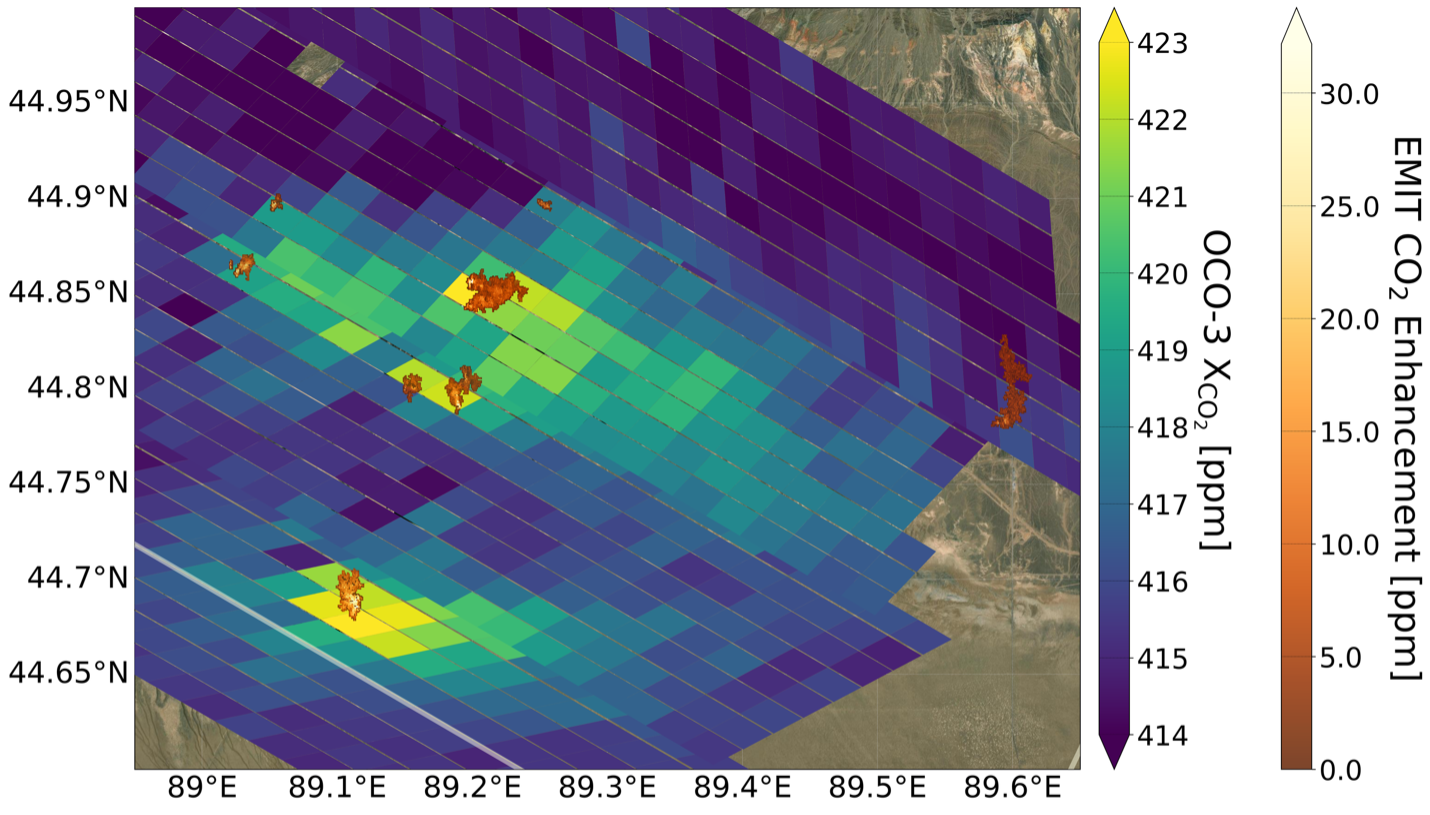

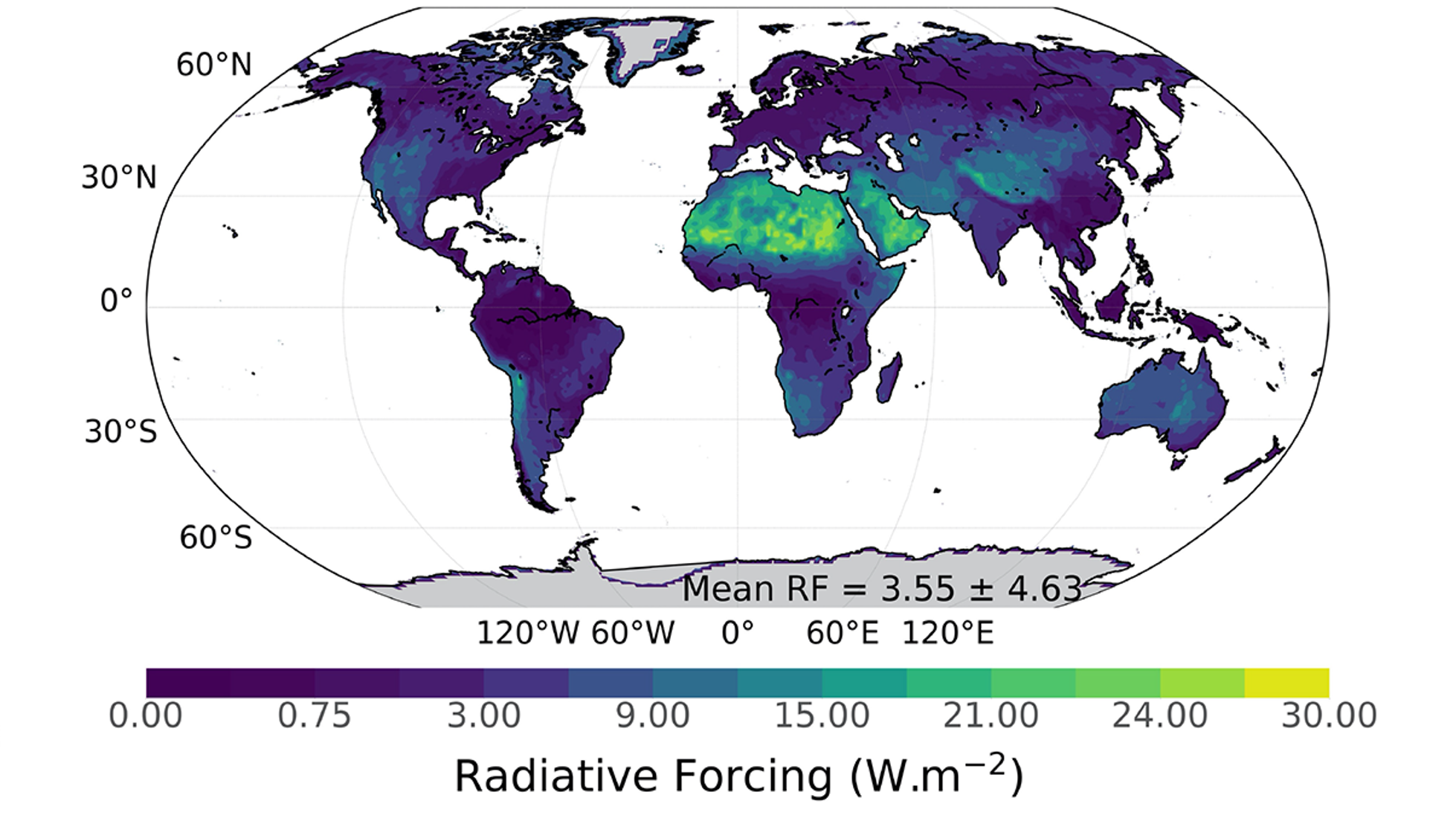
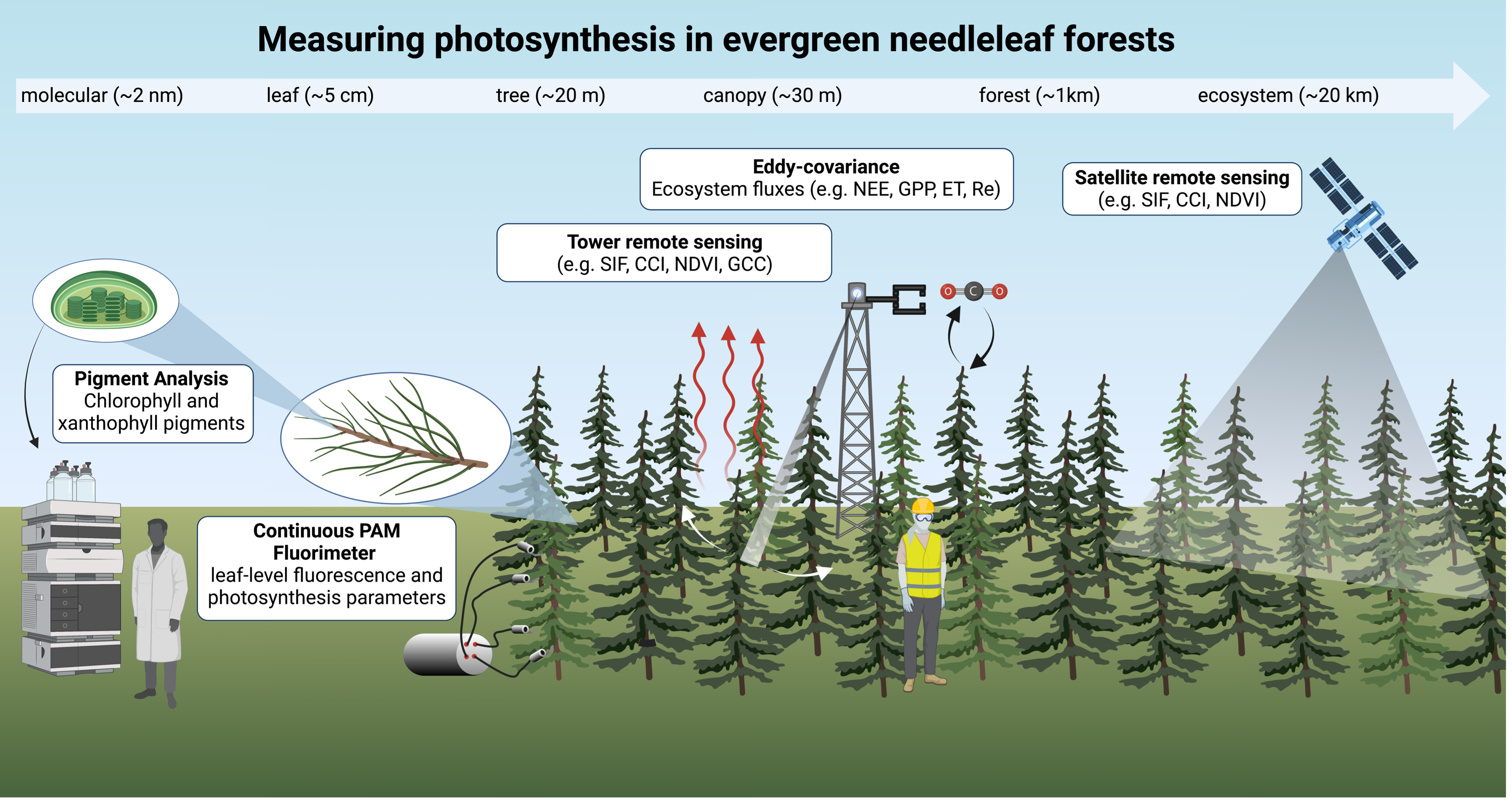
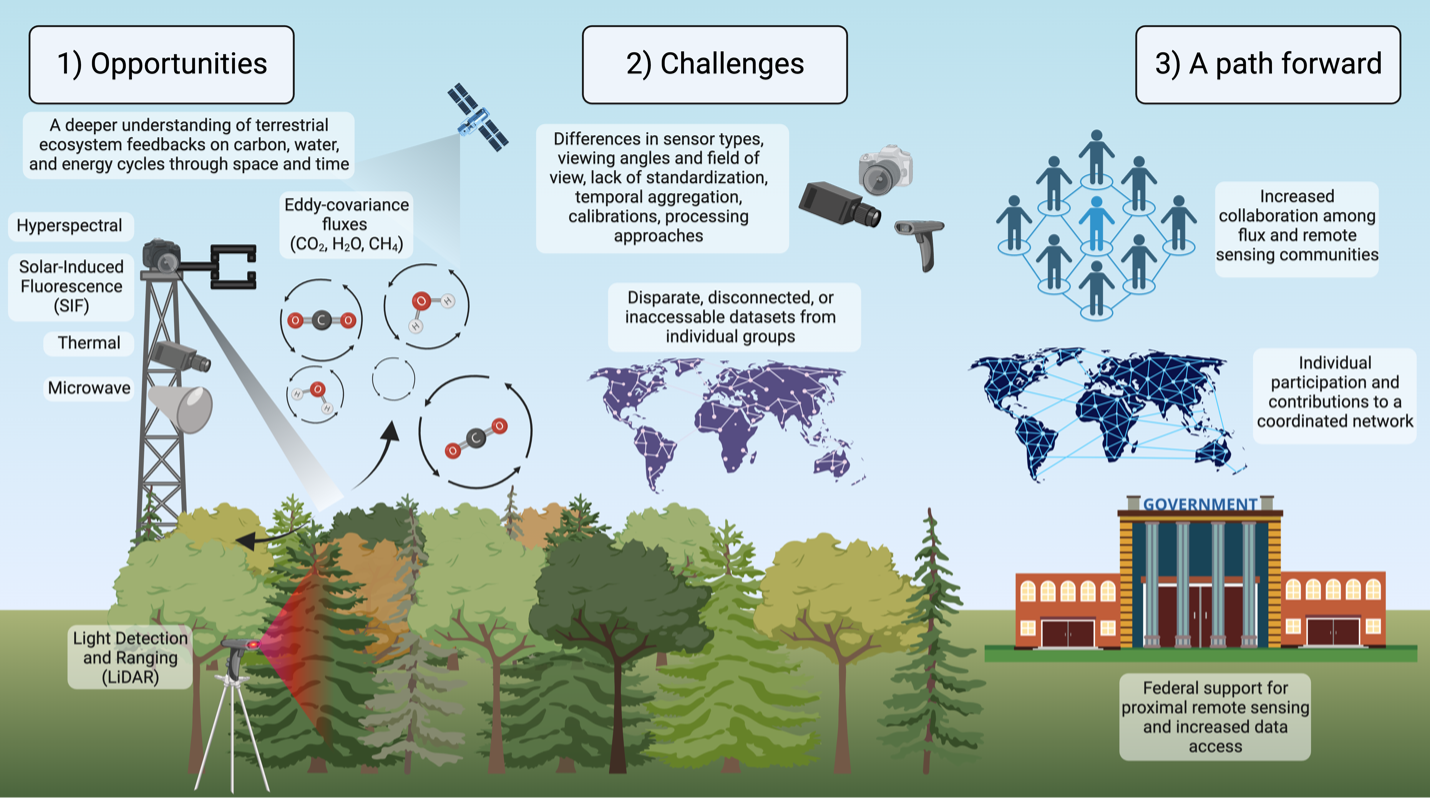
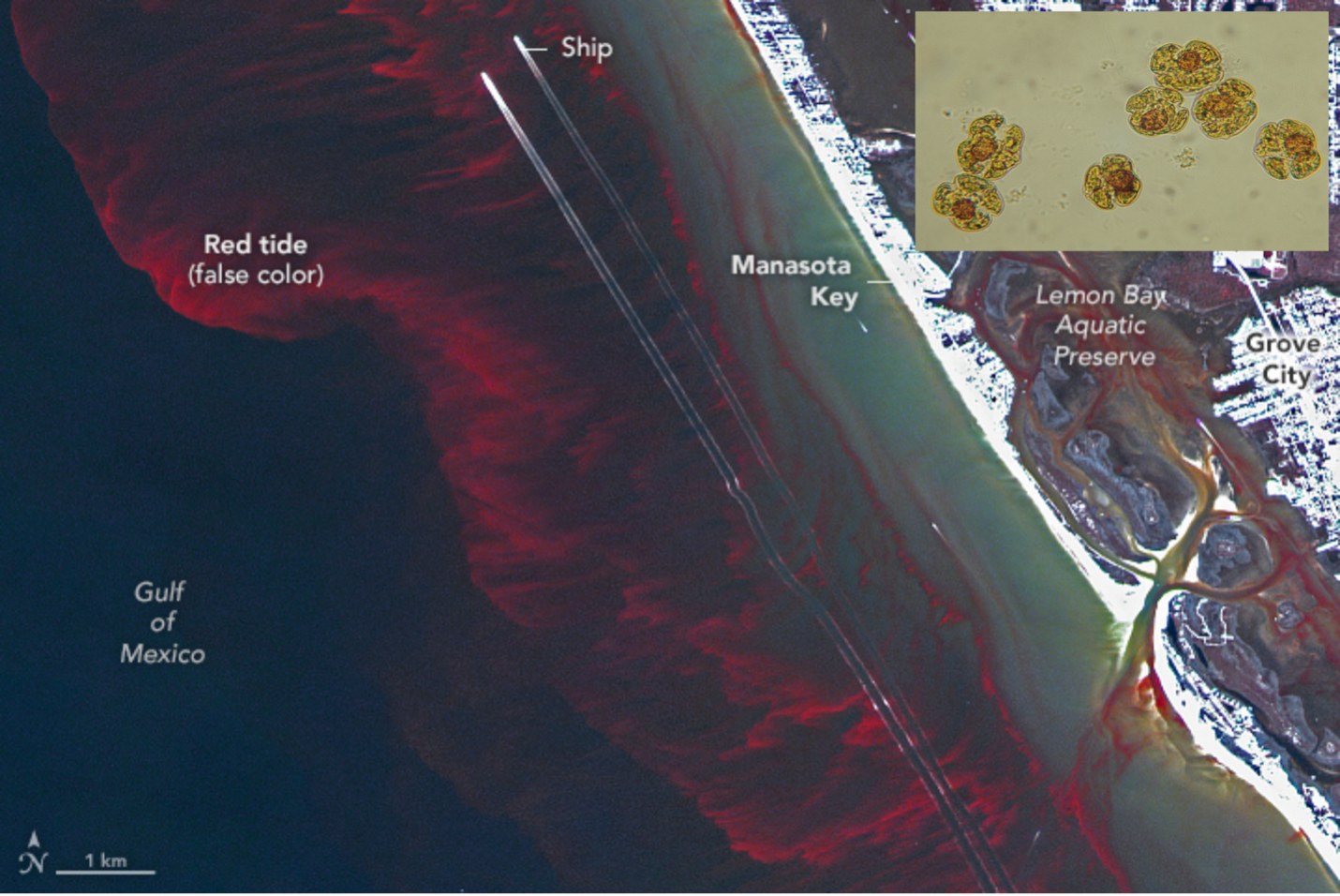
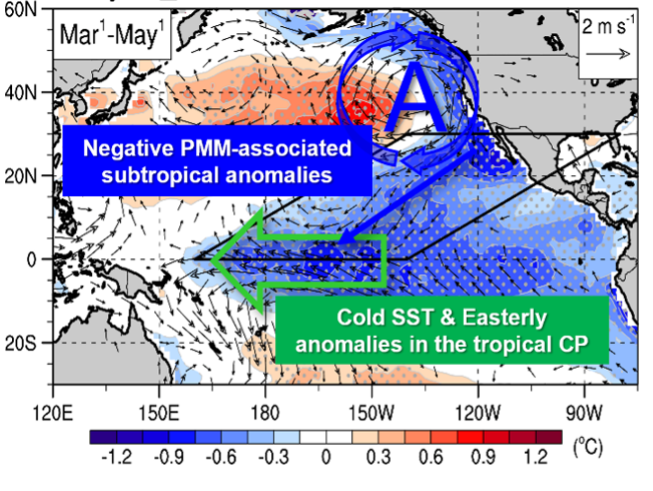

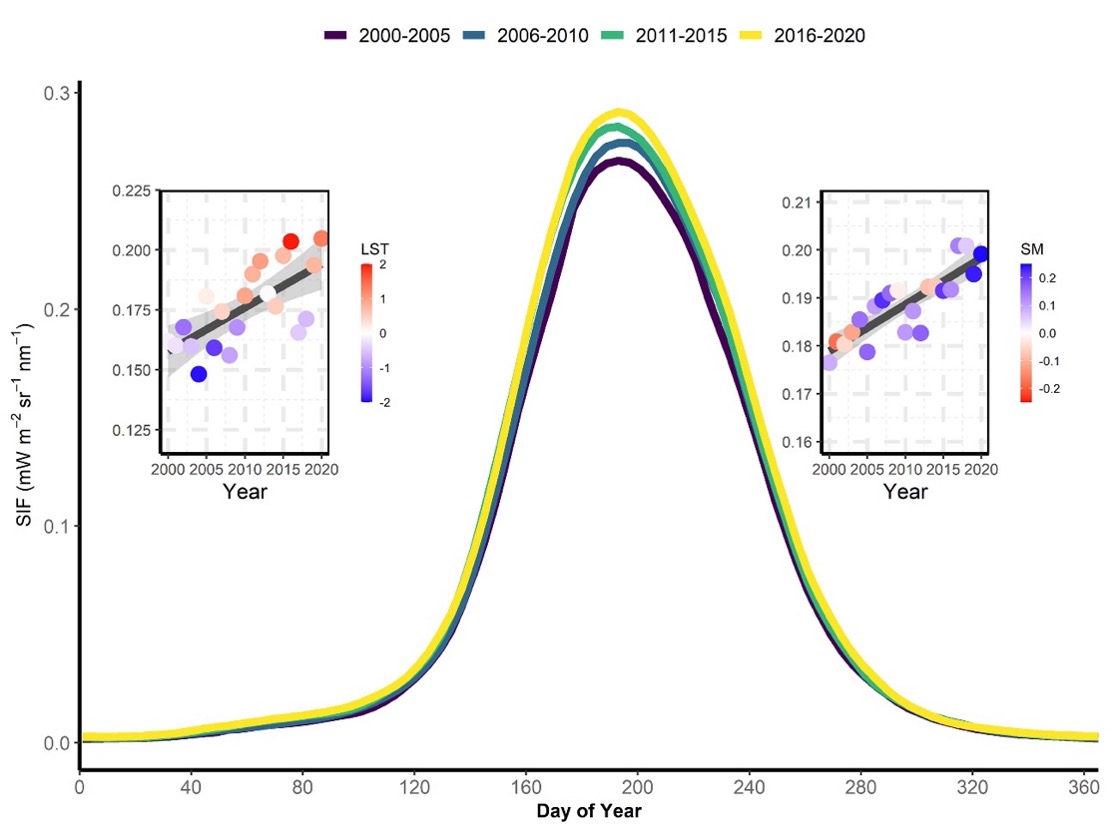
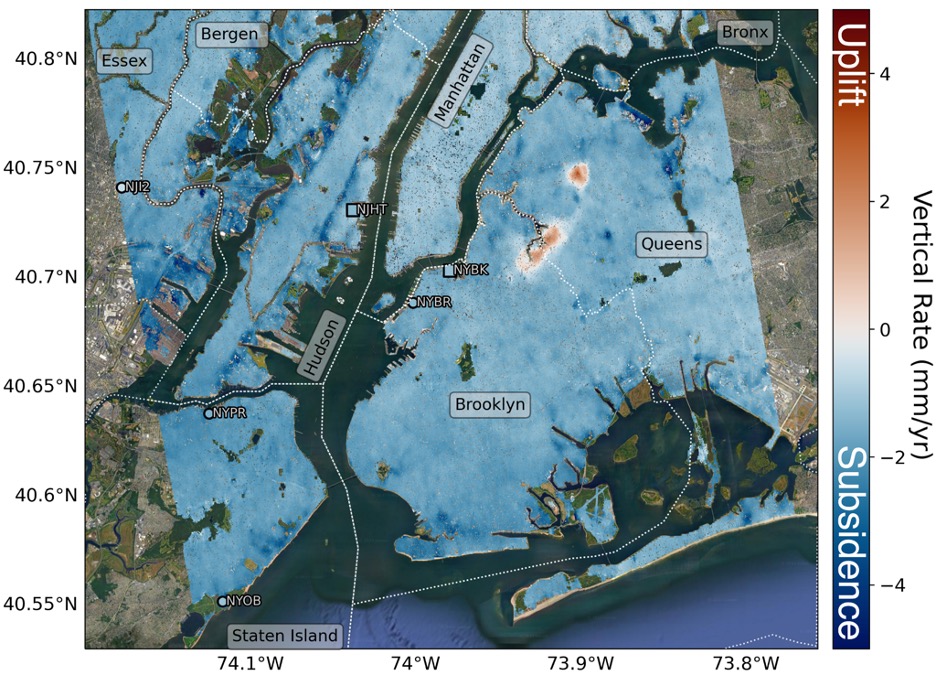
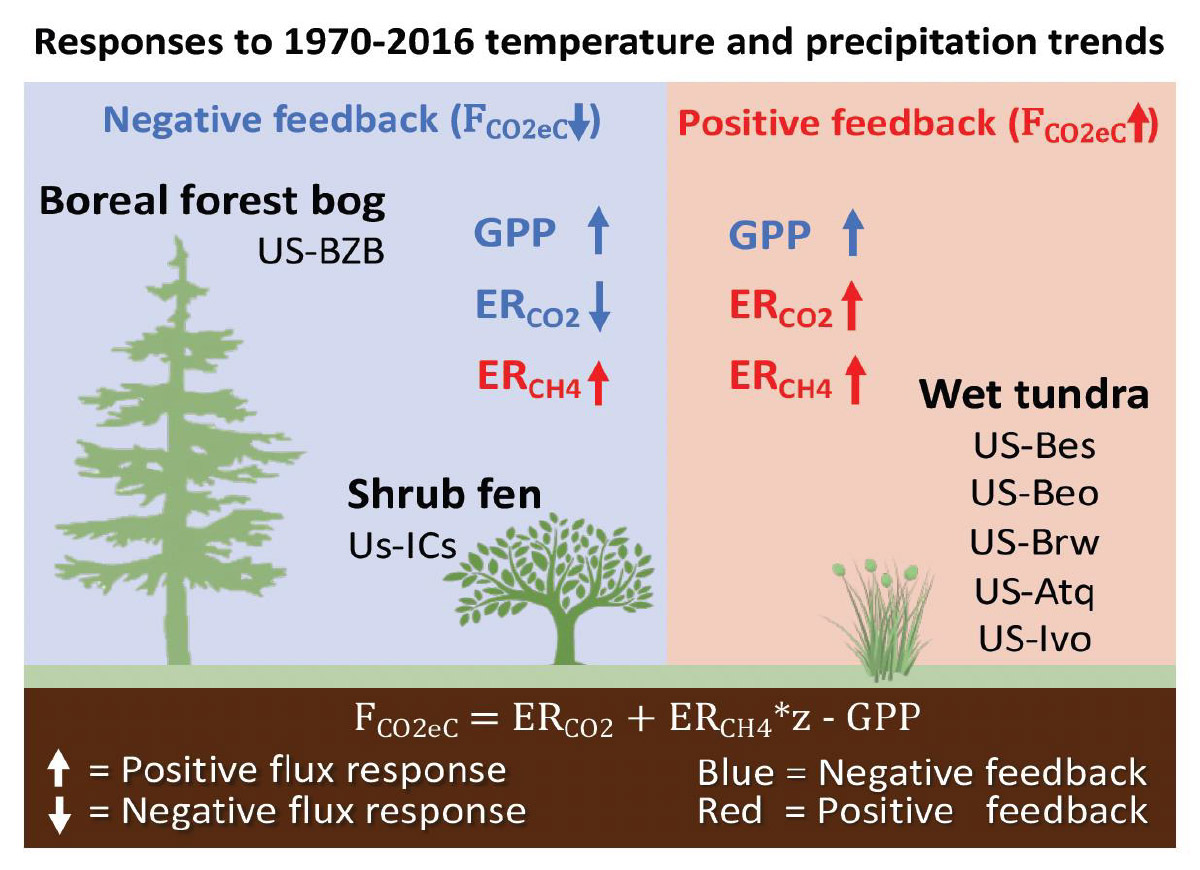
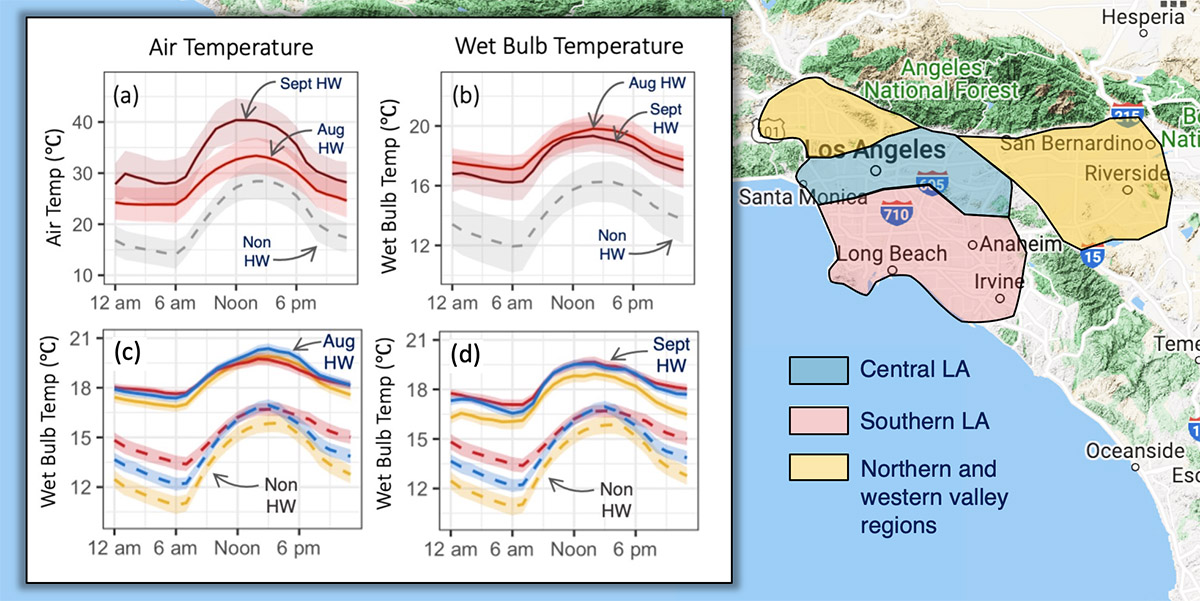



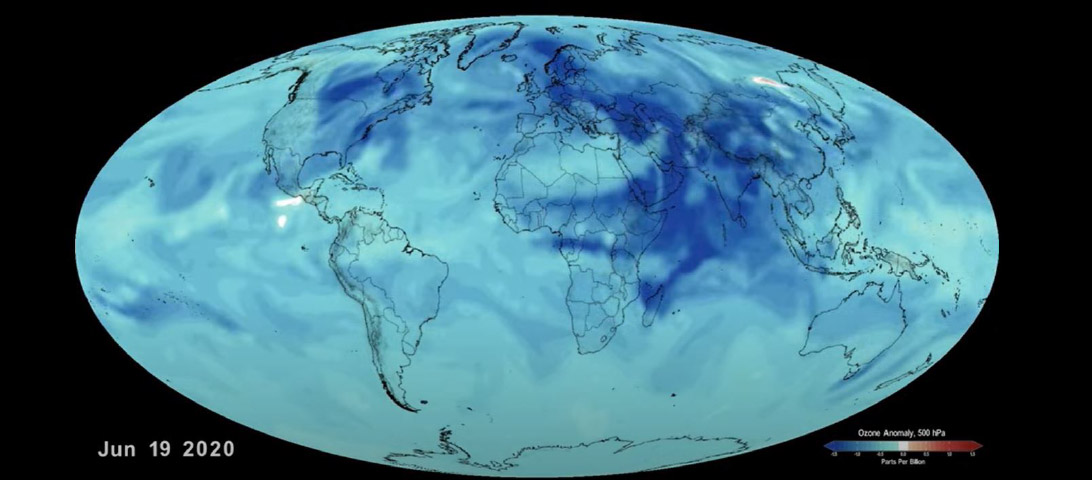
In early 2020, as the COVID-19 pandemic spread around the globe, many countries imposed strict lockdowns to slow the spread of the coronavirus. As people stayed home, ground and air travel decreased, allowing us to study the impact on air pollution.
Read more >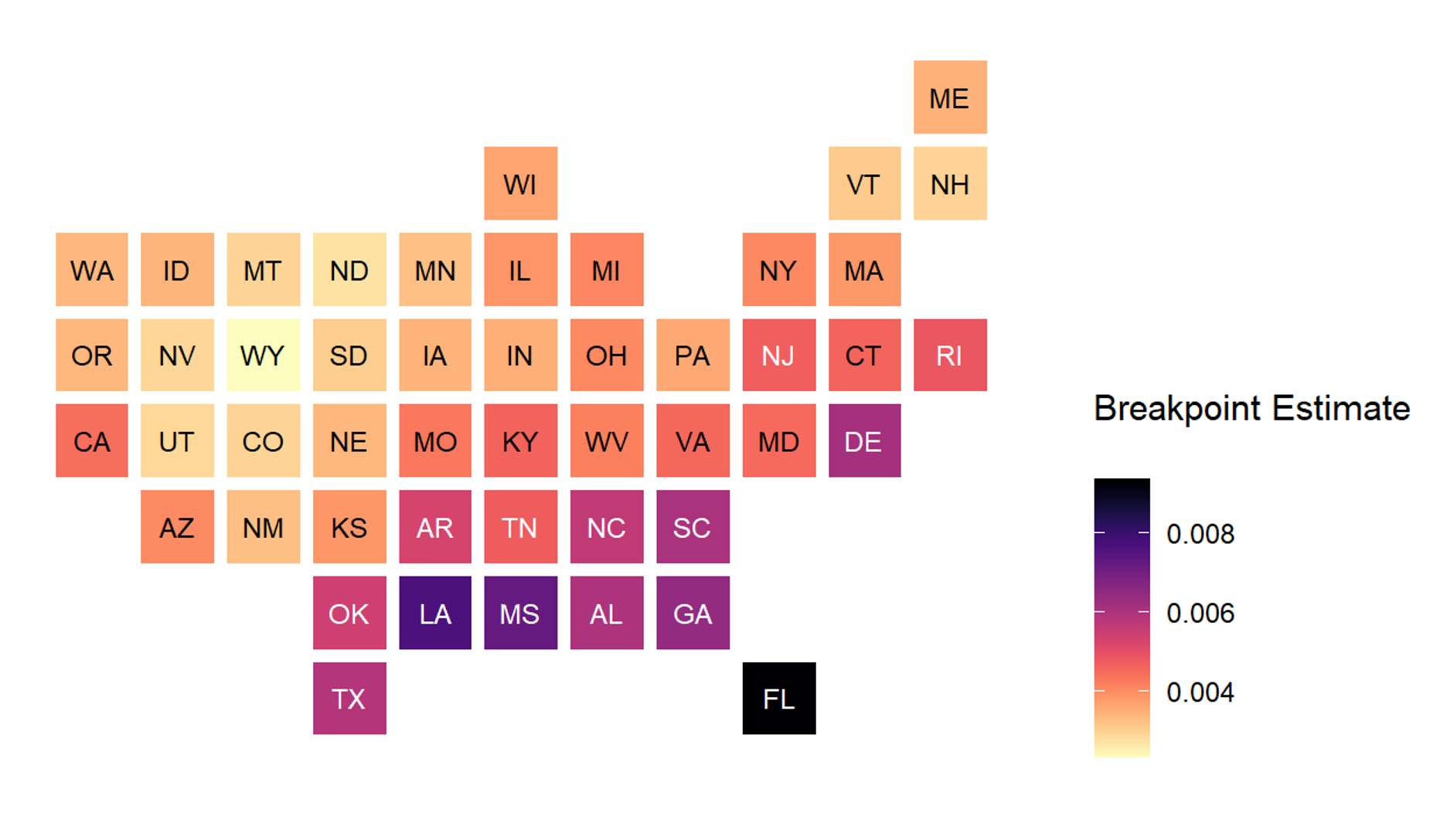
The influenza, or flu, virus infects millions of people in the United States each year, mostly during winter. To help limit the impacts of seasonal flu outbreaks, scientists have been trying to anticipate when the outbreaks occur using a variety of information.
Read more >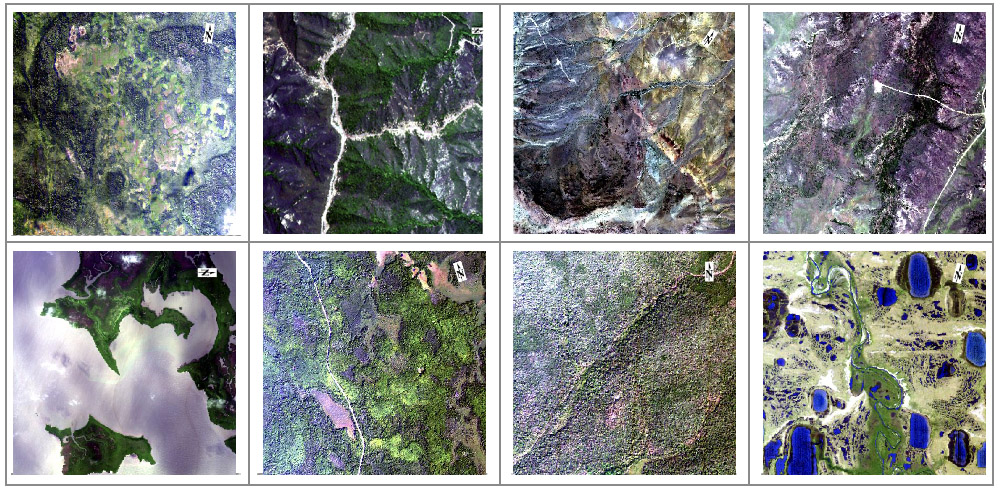
When designing a space mission, there are many parameters to take into account. There are often trade-offs between different design parameters.
Read more >
Heat stress is a rapidly increasing threat to human health and energy demand across the US and the globe. Both high temperatures and high moisture levels are important contributors to heat stress, and it is well-known that future temperature increases will generally be larger in mountains due to there being much less snow and drier soils.
Read more >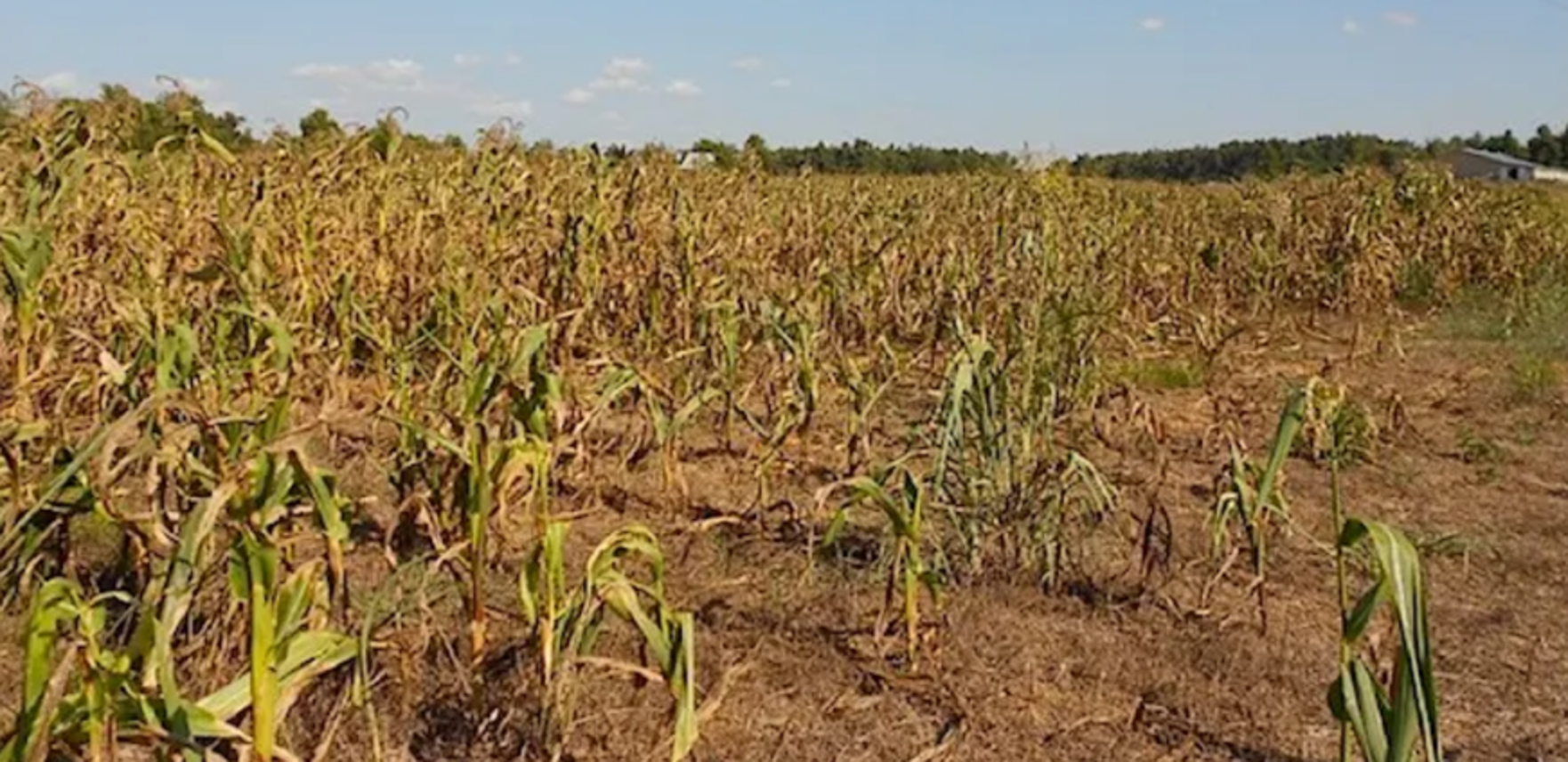
Sequences of extreme climate events, or multiple ones occurring simultaneously, can have impacts that are ‘larger than the sum of their parts’.
Read more >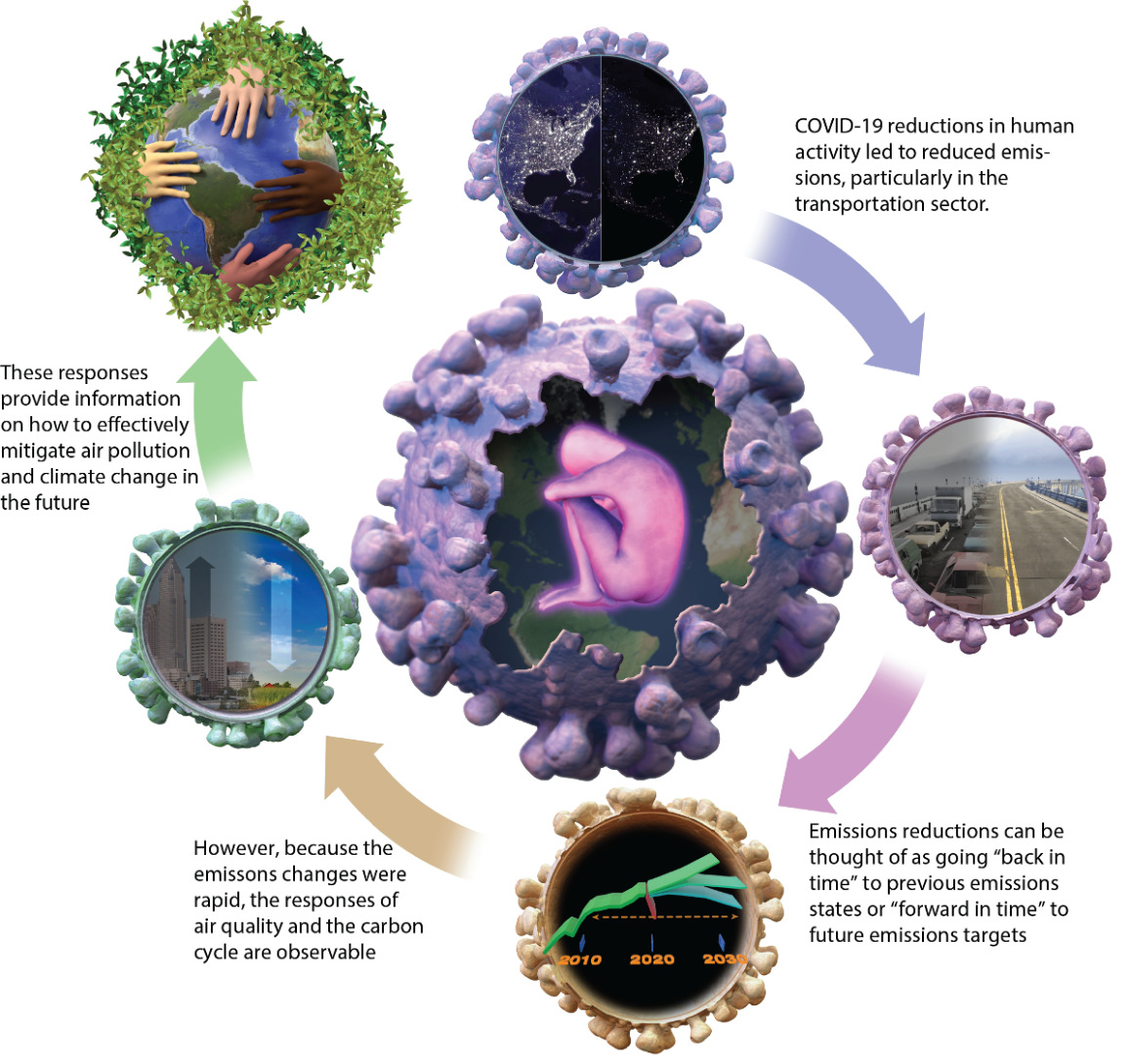
In the first year of the COVID-19 pandemic, measures enacted by local, state, and national governments to slow the spread of the virus also caused reductions in some human activities, such as traffic. This, in turn, led to lower emissions of greenhouse gases and air pollutants in a very short time period.
Read more >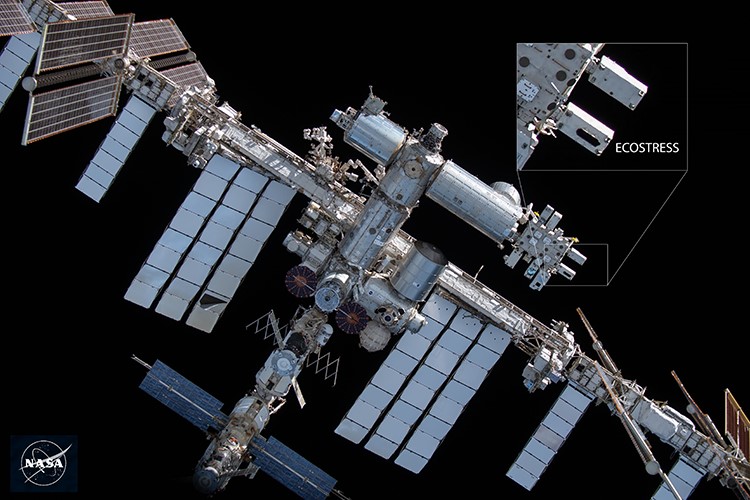
As our climate changes, droughts are becoming more frequent, with more than 20% of land in the Western US currently experiencing extreme or exceptional drought.
Read more >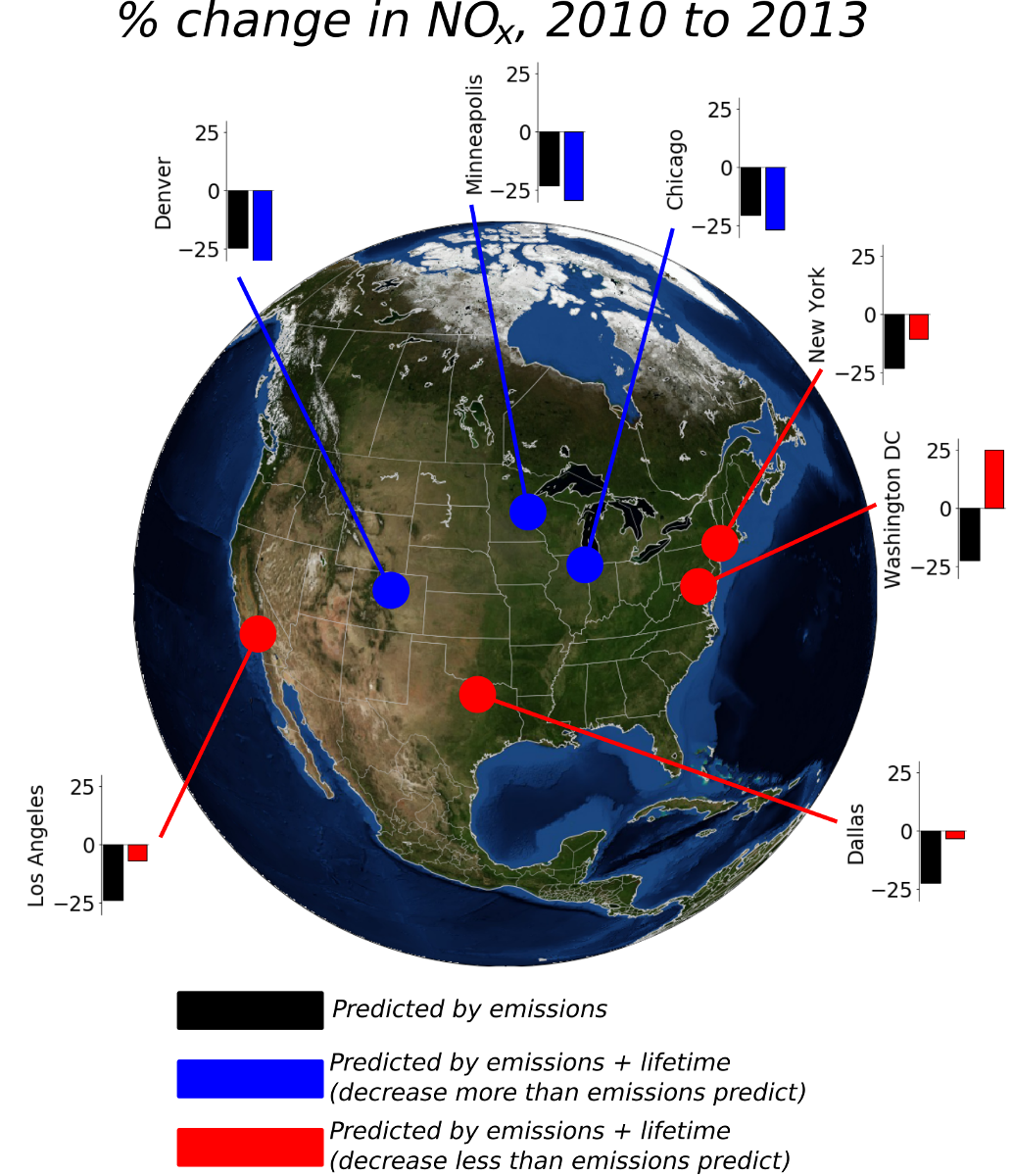
NOx is a family of air pollutants that are a key factor controlling amounts of both ozone and particulate matter (PM) in the air. Reducing NOx emissions has been an important strategy for improving air quality in the US for decades.
Read more >